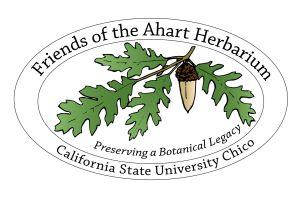Learn about the geology and ecology of serpentine areas in the northern Sierra Nevada.
Serpentinite – the state rock of California! – is a rare rock type whose source is the mantle of the earth, dozens of miles below the surface. Serpentinite is brought to surface principally through the collision of tectonic plates. (“Serpentine” is a colloquial term that refers generally to the soils and ecosystems that develop on serpentinite and related rocks). Serpentine soils are very low in the macronutrients required for plant growth, and they also harbor high levels of heavy metals. As a result, serpentinite outcrops characteristically harbor a high number of endemic stress-tolerating plant species and an abnormally high number of rare species; they are also important refugia for other native species that cannot compete with the exotic plants that have invaded so many of California’s plant communities. One of the best places to view serpentinite and its effects on ecosystems is the Plumas National Forest. Workshop participants will learn about the geologic history of the northern Sierra Nevada, the geologic sources of serpentinite, and the effects that serpentinite has on the vegetation that grows on it. Participants will also key plant species found in the serpentine areas using The Jepson Manual.

